The Definitive Guide to IVF with Gender Selection Costs in Mexico
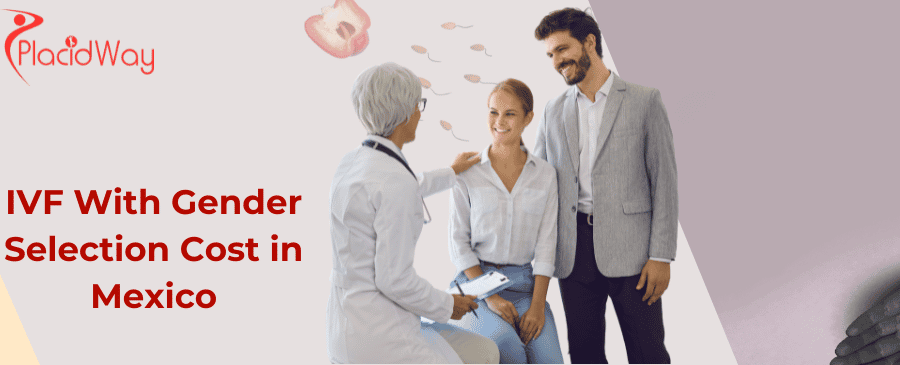
Welcome to an in-depth look at IVF with gender selection in Mexico, a topic that garners significant interest for many hopeful parents around the globe. If you're exploring fertility treatments and have a strong desire to choose the sex of your baby, understanding the financial and logistical aspects is key. In-vitro fertilization (IVF) is a powerful assisted reproductive technology where eggs are fertilized by sperm outside the body, in a laboratory. When combined with gender selection, it involves a specialized technique called Preimplantation Genetic Testing for Aneuploidies (PGT-A), which allows for the genetic analysis of embryos before they are transferred to the uterus.
Mexico has emerged as a prominent destination for medical tourism, particularly for fertility treatments like IVF with gender selection, due to its high-quality medical care, experienced specialists, and notably more affordable pricing compared to many Western countries. This comprehensive guide will break down the costs involved, explain what to expect from the procedure, discuss key considerations, and address many frequently asked questions, giving you a clear picture of what makes Mexico an attractive option for your family planning journey. By the end of this blog post, you'll have a solid foundation of knowledge to help you make informed decisions about pursuing IVF with gender selection in Mexico.
How much does IVF with gender selection cost in Mexico?
The total cost for IVF with gender selection in Mexico is a significant consideration for many international patients. On average, you can expect to pay anywhere from $8,000 to $15,000 USD for a single cycle. This price range typically encompasses the core IVF procedures combined with the necessary Preimplantation Genetic Testing for Aneuploidies (PGT-A), which is the method used to identify the sex of the embryos. It's crucial to understand that while this covers many essential components, the cost of fertility medications is almost always an additional expense.
These medications, vital for ovarian stimulation and preparing the uterus, can add another $1,500 to $3,000 USD or even more, depending on the specific protocol and dosage required for each individual patient. Therefore, when budgeting for IVF with gender selection in Mexico, it's wise to factor in this additional amount for medication costs to get a more accurate total.
What is included in the typical cost of IVF with gender selection in Mexico?
When you receive a quote for IVF with gender selection in Mexico, it's important to know what services are generally bundled into the package price. While clinics can vary, a comprehensive package usually includes:
- Initial Consultations: Meetings with the fertility specialist to review your medical history and plan your treatment.
- Ovarian Stimulation Monitoring: Regular ultrasounds and blood tests to monitor follicular development.
- Egg Retrieval (Follicular Aspiration): The surgical procedure to collect eggs from the ovaries, usually under anesthesia.
- Anesthesia: Sedation administered during the egg retrieval procedure.
- Sperm Collection and Preparation: Processing of the male partner's sperm sample.
- In-vitro Fertilization (IVF) & ICSI: The process of fertilizing eggs with sperm in the lab, often using Intracytoplasmic Sperm Injection (ICSI) to maximize fertilization rates.
- Embryo Culture: Growing the fertilized embryos in the laboratory for several days.
- Preimplantation Genetic Testing for Aneuploidies (PGT-A): This crucial step involves biopsying the embryos to check for chromosomal abnormalities and, importantly, to determine their sex. This is what enables gender selection.
- Embryo Transfer: The procedure where selected embryos are transferred into the woman's uterus.
- Cryopreservation: Freezing of any remaining viable embryos for future use, often with storage for a limited period (e.g., 3-12 months).
Always ask for a detailed breakdown from the clinic to understand exactly what is covered and to avoid any surprises.
Why is IVF with gender selection cheaper in Mexico than in the US?
The significant cost difference between IVF with gender selection in Mexico and countries like the United States is primarily due to the overall lower cost of living and operating expenses in Mexico. Several factors contribute to this affordability:
- Lower Salaries and Wages: Medical professionals, including highly trained fertility specialists, embryologists, and support staff, earn lower salaries in Mexico compared to their counterparts in the US.
- Reduced Facility Overhead: The costs associated with setting up and maintaining state-of-the-art clinics, including rent, utilities, and administrative expenses, are considerably lower in Mexico.
- Medication Costs: While not always included in the package price, the wholesale cost of fertility medications can sometimes be lower in Mexico due to different pharmaceutical pricing regulations.
- Lower Insurance and Malpractice Premiums: The cost of medical malpractice insurance and other regulatory overhead is generally less burdensome for clinics in Mexico.
It's important to emphasize that this cost efficiency does not necessarily indicate a compromise in the quality of care or the technology used. Many Mexican fertility clinics boast highly skilled, internationally trained doctors and utilize advanced equipment comparable to top clinics worldwide, making them a very attractive option for cost-conscious patients.
Are there hidden costs in IVF with gender selection in Mexico?
While clinics in Mexico are generally transparent, it's essential for patients to be aware of potential "hidden" or extra costs that might not be explicitly stated in the initial package price for IVF with gender selection. These can include:
- Fertility Medications: As previously mentioned, these are almost always an additional expense and can vary significantly based on your individual needs.
- Additional PGT-A Testing: If your IVF cycle yields a large number of embryos, and the package only covers testing for a limited number (e.g., 8-10 embryos), there might be an extra charge per embryo for additional testing.
- Extended Embryo Storage: While initial cryopreservation is often included for a few months to a year, ongoing annual storage fees for frozen embryos will apply if you wish to keep them longer.
- Pre-IVF Diagnostic Tests: Any necessary diagnostic procedures or blood tests required before starting the IVF cycle (e.g., hysteroscopy, advanced sperm analysis) that are not part of the package.
- Travel and Accommodation: These are substantial personal costs, including flights, hotels, and local transportation.
- Unexpected Medical Complications: While rare, any unforeseen medical issues during the cycle or recovery that require additional treatment will incur extra charges.
- Donor Services: If you require donor eggs or sperm, these will be separate, significant costs.
Always ask for a detailed, itemized quote and clarify what is and isn't covered before committing to a clinic.
What is Preimplantation Genetic Testing for Aneuploidies (PGT-A) and how does it enable gender selection?
Preimplantation Genetic Testing for Aneuploidies (PGT-A), previously known as PGS, is a crucial step in IVF with gender selection. It involves taking a tiny biopsy from an embryo, typically at the blastocyst stage (5-7 days after fertilization), and analyzing its chromosomal makeup. Here's how it works and how it enables gender selection:
- Embryo Biopsy: A few cells are carefully removed from the trophectoderm (the part of the embryo that will become the placenta). This does not harm the inner cell mass (which develops into the fetus).
- Genetic Analysis: The biopsied cells are sent to a specialized genetics laboratory. Using advanced techniques, the lab screens for aneuploidies (abnormal numbers of chromosomes), which are a common cause of IVF failure and miscarriage.
- Sex Chromosome Identification: Crucially, PGT-A also identifies the sex chromosomes (X and Y). Embryos with two X chromosomes (XX) are female, and those with an X and a Y chromosome (XY) are male.
- Embryo Selection: Based on the results, the fertility team can then identify which embryos are chromosomally normal and, if desired, of the preferred sex, for transfer to the uterus.
PGT-A not only facilitates gender selection but also significantly improves IVF success rates by ensuring only chromosomally healthy embryos are transferred, reducing the risk of miscarriage and increasing the chances of a healthy live birth.
Is gender selection legal in Mexico?
One of the primary reasons why Mexico is a popular destination for IVF with gender selection is its legal framework. Unlike some countries (including several European nations, Canada, and Australia) where gender selection for non-medical reasons (often called "family balancing") is restricted or prohibited, it is generally legal and openly practiced in fertility clinics across Mexico. This means that individuals or couples can specifically choose the sex of their baby through PGT-A technology without legal constraints.
This legal permissibility, combined with advanced medical facilities and competitive pricing, makes Mexico a favored choice for patients seeking to balance their families or fulfill a strong preference for a child of a particular sex.
What is the success rate of IVF with gender selection in Mexico?
The success rate of IVF with gender selection in Mexico needs to be understood in two parts: the accuracy of gender selection and the overall IVF pregnancy rate. The accuracy of gender selection through PGT-A is extremely high, typically over 99% accurate. This means that once an embryo is identified as male or female, there's a very high certainty that it will develop into a child of that sex.
The overall IVF success rates (leading to a live birth) with PGT-A, including for gender selection, can vary based on several factors, including:
- Patient Age: Younger women generally have higher success rates due to better egg quality and ovarian reserve.
- Clinic's Expertise and Technology: Reputable clinics with experienced embryologists and advanced laboratory equipment tend to have better outcomes.
- Embryo Quality: The number of chromosomally normal embryos available for transfer.
- Underlying Fertility Issues: The specific cause of infertility can influence success rates.
Many top clinics in Mexico report success rates comparable to leading clinics in the US, often ranging from 50-70% per embryo transfer for women under 35 when using PGT-A tested embryos. It's best to inquire about a clinic's specific, age-stratified success rates directly.
How long do I need to stay in Mexico for IVF with gender selection?
The duration of your stay in Mexico for IVF with gender selection is an important logistical consideration. Generally, patients should plan for a stay of approximately 18 to 25 days. This timeframe allows for the complete cycle, which includes:
- Initial Consultations and Baseline Tests: The first few days are dedicated to initial assessments, blood work, and ultrasounds.
- Ovarian Stimulation Phase: This phase typically lasts 10-14 days, during which you'll administer fertility medications and attend regular monitoring appointments (ultrasounds and blood tests) at the clinic.
- Egg Retrieval: A quick procedure (usually 30 minutes), followed by a few hours of recovery.
- Embryo Culture and Biopsy (PGT-A): Embryos are cultured for 5-7 days, after which the biopsy for PGT-A is performed. The genetic results usually take another 7-14 days to come back from the lab.
- Embryo Transfer: Once the PGT-A results are in, the selected embryo (of the desired gender) is transferred. This typically happens a few days after receiving the results. Some clinics might offer a "fresh transfer" if PGT-A results are expedited, but "frozen embryo transfers" (FET) after PGT-A are more common and often lead to higher success rates.
Many patients opt to stay until the embryo transfer is complete. Some may choose to return home after egg retrieval and come back for the embryo transfer once PGT-A results are ready, although this would involve two separate trips.
What qualifications should I look for in an IVF clinic in Mexico?
Selecting the right IVF clinic in Mexico is paramount for a successful and safe experience. Here are key qualifications and factors to consider:
- Accreditation and Certifications: Look for clinics that are internationally accredited (e.g., by organizations like JCI - Joint Commission International) or hold national certifications that indicate adherence to high standards of care.
- Reputation and Experience: Research the clinic's reputation, its history, and the number of IVF cycles they perform annually. High volume often correlates with experience.
- Board-Certified Specialists: Ensure the fertility doctors are board-certified in reproductive endocrinology and infertility and have extensive experience specifically with PGT-A and gender selection.
- State-of-the-Art Laboratory: The IVF lab is the heart of the clinic. Verify they have advanced equipment, experienced embryologists, and a strong track record in embryo culture and genetic testing.
- Transparent Pricing: Choose a clinic that provides clear, itemized cost breakdowns upfront, minimizing the chance of hidden fees.
- Success Rates: While success rates vary by patient, inquire about the clinic's age-specific and PGT-A specific success rates, and ensure they are reported transparently.
- Patient Testimonials and Reviews: Read reviews and testimonials from previous patients, especially those who underwent similar treatments, to gauge their experience.
- Communication and Support: Assess the ease of communication (e.g., English-speaking staff, prompt responses) and the level of patient support offered throughout the process.
Thorough due diligence is essential to ensure you receive the best possible care for your IVF with gender selection journey.
Are there ethical considerations for gender selection in Mexico?
While gender selection is legal in Mexico, it does raise several ethical considerations that are debated globally. These ethical concerns typically revolve around:
- Gender Bias and Discrimination: The primary concern is that allowing gender selection for non-medical reasons could reinforce societal gender biases and potentially lead to a disproportionate number of one sex over another in the population, especially if preferences for one gender become widespread.
- Commercialization of Reproduction: Some ethicists argue that offering gender selection on demand commodifies children and reproductive choices, turning them into consumer products.
- "Designer Babies": It opens the door to discussions about selecting for other non-medical traits, leading to concerns about "designer babies" and eugenics.
- Unused Embryos: The process of PGT-A often results in healthy embryos of the "non-desired" sex that may be discarded or remain frozen indefinitely, raising questions about their status.
In practice, most patients seeking gender selection in Mexico are doing so for family balancing reasons (e.g., they have two boys and desire a girl, or vice versa) rather than widespread gender bias. Reputable clinics generally operate with professional ethical guidelines, focusing on patient well-being and responsible use of technology.
Can single individuals or same-sex couples undergo IVF with gender selection in Mexico?
Mexico's fertility clinics are generally progressive and inclusive, making IVF with gender selection accessible to a diverse range of patients, including single individuals and same-sex couples. For these patients, the path to parenthood with gender selection often involves additional considerations:
- Single Women: A single woman can undergo IVF with donor sperm and then proceed with egg retrieval, IVF, PGT-A for gender selection, and embryo transfer.
- Single Men: A single man would typically require donor eggs and a gestational surrogate. The embryos would be created using his sperm and donor eggs, then undergo PGT-A for gender selection, and finally be transferred to the surrogate.
- Same-Sex Female Couples: They can choose to use one partner's eggs and the other's uterus (reciprocal IVF) or use one partner's eggs and a gestational surrogate if needed, combined with donor sperm. PGT-A for gender selection would follow.
- Same-Sex Male Couples: They would require both donor eggs and a gestational surrogate. Embryos would be created using one or both partners' sperm and donor eggs, followed by PGT-A for gender selection and transfer to the surrogate.
Many clinics in Mexico are well-versed in assisting these patient demographics and can provide comprehensive support for accessing donor services and navigating surrogacy if necessary, alongside the IVF with gender selection process.
What is the typical timeline for an IVF with gender selection cycle?
Understanding the timeline for an IVF with gender selection cycle helps in planning your journey. While individual variations occur, a typical cycle from start to finish usually spans about 6 to 8 weeks:
- Initial Consultation and Pre-cycle Tests (Days 1-7): This can sometimes be done remotely or during an initial short visit. It involves reviewing medical history, diagnostic tests, and outlining the treatment plan.
- Ovarian Stimulation (Days 1-14 of Cycle): Starting on day 2 or 3 of your menstrual cycle, you'll self-administer daily injections of fertility medications for approximately 10-14 days. This phase involves regular monitoring with ultrasounds and blood tests.
- Egg Retrieval (Day 14-16): A minor surgical procedure performed under sedation to collect the mature eggs.
- Fertilization and Embryo Culture (Days 0-5/7 post-retrieval): Eggs are fertilized with sperm (often via ICSI), and the resulting embryos are cultured in the lab for 5-7 days until they reach the blastocyst stage.
- Embryo Biopsy for PGT-A (Day 5/7): A small sample of cells is taken from the blastocysts for genetic testing.
- PGT-A Results (7-14 days post-biopsy): The genetic lab analyzes the biopsy samples for chromosomal health and gender. The embryos are typically frozen while awaiting these results.
- Embryo Transfer (Subsequent Cycle - if frozen transfer): Once the PGT-A results are received and you've had a menstrual cycle, your uterus is prepared for a frozen embryo transfer. This involves a short course of medications to thicken the uterine lining, followed by the actual transfer of the selected embryo. This usually happens in a subsequent menstrual cycle after the retrieval cycle.
The total time commitment for being in Mexico can be shortened if some initial tests are done in your home country and if you opt for a frozen embryo transfer, returning for the transfer after PGT-A results are ready.
What medications are required for IVF with gender selection and their costs?
The medications required for IVF with gender selection are a significant additional cost outside of the main package price. These medications are crucial for stimulating the ovaries to produce multiple eggs and preparing the uterus for embryo transfer. The costs typically range from $1,500 to $3,000 USD, but can sometimes exceed this depending on the specific protocol and individual response. Key medication types include:
- Gonadotropins (e.g., Gonal-F, Follistim, Menopur): These injectable hormones stimulate the ovaries to produce multiple follicles. This is usually the most expensive component of the medication regimen.
- GnRH Agonists or Antagonists (e.g., Lupron, Cetrotide, Ganirelix): These medications prevent premature ovulation, allowing the follicles to mature before egg retrieval.
- Trigger Shot (e.g., Ovidrel, Novarel): An injection of hCG given approximately 36 hours before egg retrieval to induce final egg maturation.
- Progesterone: Used after egg retrieval and embryo transfer to support the uterine lining and help with embryo implantation. Can be administered as suppositories, injections, or orally.
- Estrogen (for Frozen Embryo Transfer cycles): Used to prepare the uterine lining for a frozen embryo transfer.
The exact type, dosage, and duration of these medications are highly individualized based on a woman's age, ovarian reserve, and response to treatment. Your fertility specialist in Mexico will prescribe a personalized medication protocol.
Can I travel alone for IVF with gender selection in Mexico?
While it is certainly possible to travel alone for IVF with gender selection in Mexico, many patients find it beneficial to bring a companion. Here’s why:
- Emotional Support: The IVF process can be emotionally demanding, and having a friend, family member, or partner for emotional support can make a significant difference.
- Logistical Assistance: A companion can help with navigating travel, managing appointments, and simply providing company during downtime.
- Post-Procedure Care: After egg retrieval, you will be recovering from anesthesia and might feel groggy. Having someone to help you back to your accommodation and assist you during the initial recovery hours is highly recommended.
- Partner Involvement: If you are undergoing IVF with a male partner, his presence will be required for sperm collection.
If traveling alone, ensure your chosen clinic has robust patient support services, including English-speaking staff, assistance with local logistics, and clear emergency protocols. Pre-arranging airport transfers and having comfortable, close-by accommodation can also greatly reduce stress.
What are the general requirements for IVF with gender selection candidates in Mexico?
To be considered a suitable candidate for IVF with gender selection in Mexico, certain general requirements apply. While specific criteria may vary slightly by clinic, common factors assessed include:
- Female Age: While there's no strict upper age limit, IVF success rates decline significantly with age, particularly after 40. Clinics generally prefer candidates whose ovarian reserve suggests a reasonable chance of success.
- Ovarian Reserve: Assessed through tests like Anti-Müllerian Hormone (AMH) levels, Follicle-Stimulating Hormone (FSH) levels, and Antral Follicle Count (AFC) to estimate the number of eggs available for retrieval.
- Sperm Quality: The male partner's sperm quality will be evaluated through a semen analysis.
- Uterine Health: The uterus should be healthy and free of significant abnormalities (e.g., large fibroids, polyps, severe structural issues) that could hinder implantation.
- Overall Health: Both partners should be in good general health, free from conditions that could complicate pregnancy or the IVF process.
- BMI: While not always a strict disqualifier, a healthy Body Mass Index (BMI) is often recommended to optimize IVF outcomes and reduce surgical risks.
- No Infectious Diseases: Screening for infectious diseases (e.g., HIV, Hepatitis B and C) is standard.
It's important to remember that gender selection is an additional service built upon the IVF process. Therefore, candidates must first be suitable for IVF itself, and then PGT-A can be applied to select the desired gender.
If you're ready to explore your options for IVF with gender selection in Mexico or other global healthcare solutions, PlacidWay can connect you with leading fertility clinics and experienced specialists to help you navigate your journey toward building your family.


.png)

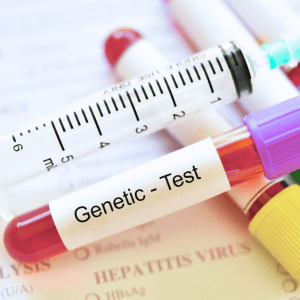

-Package-at-Advanced-Fertility-Center-Cancun,-Cancun,-Mexico.png)
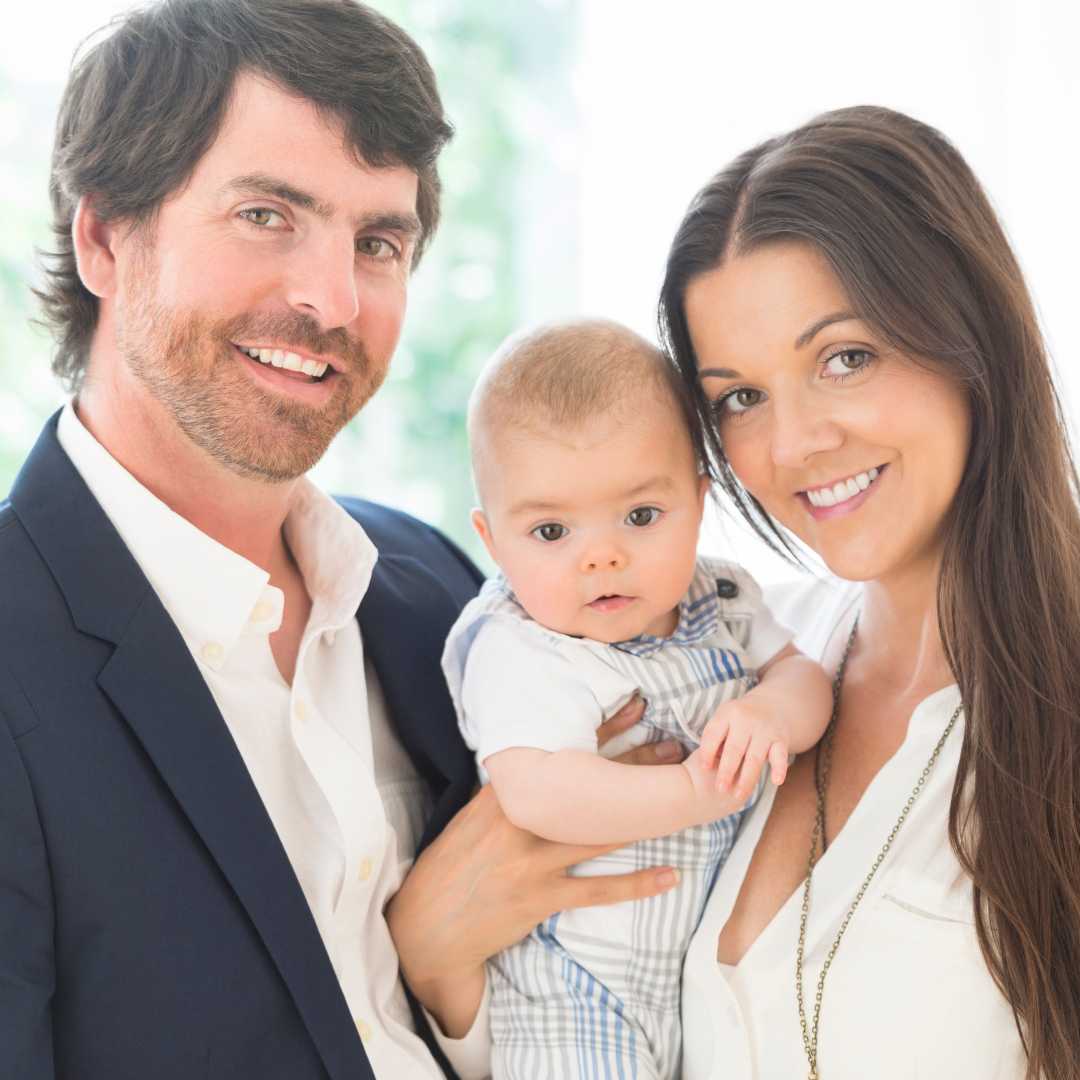
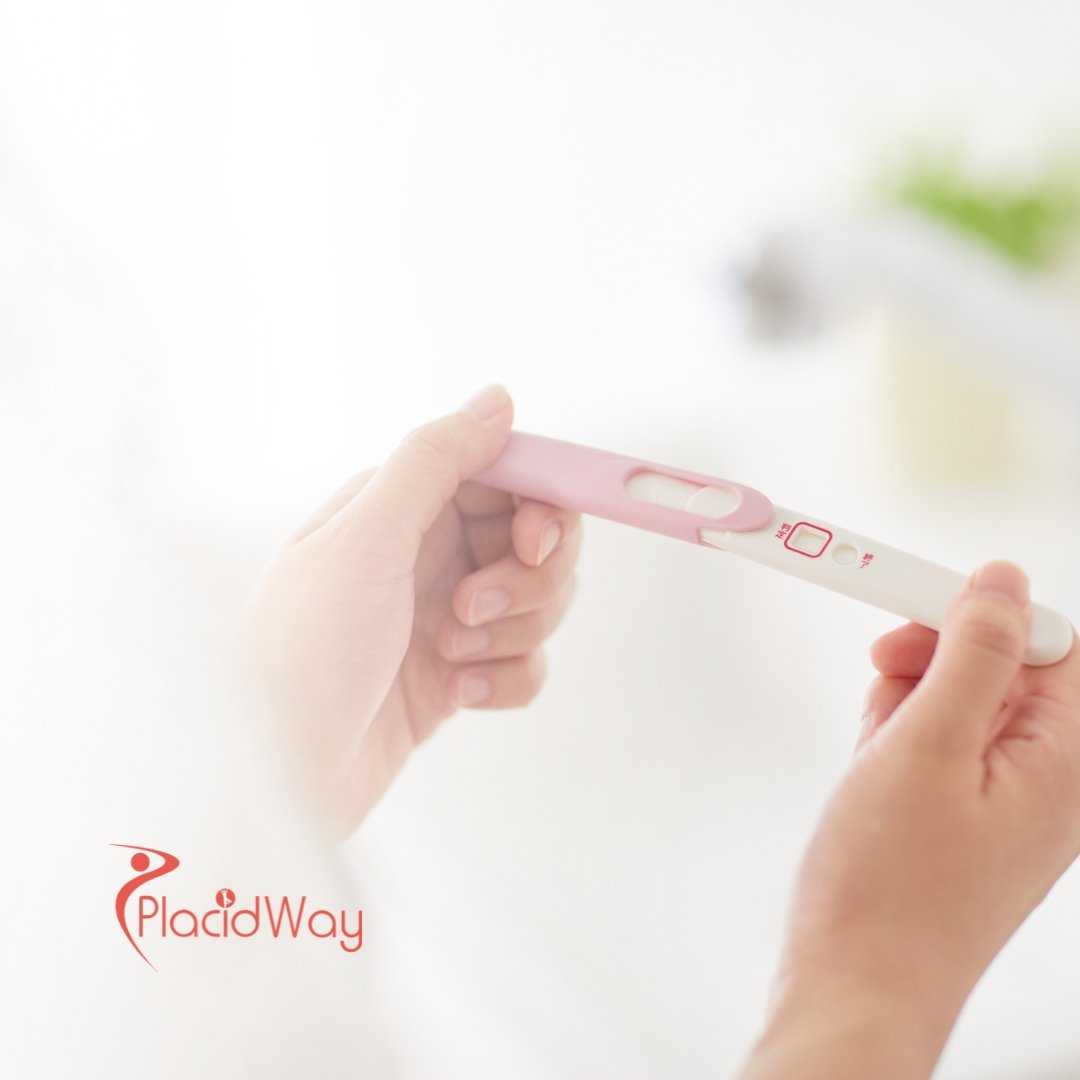
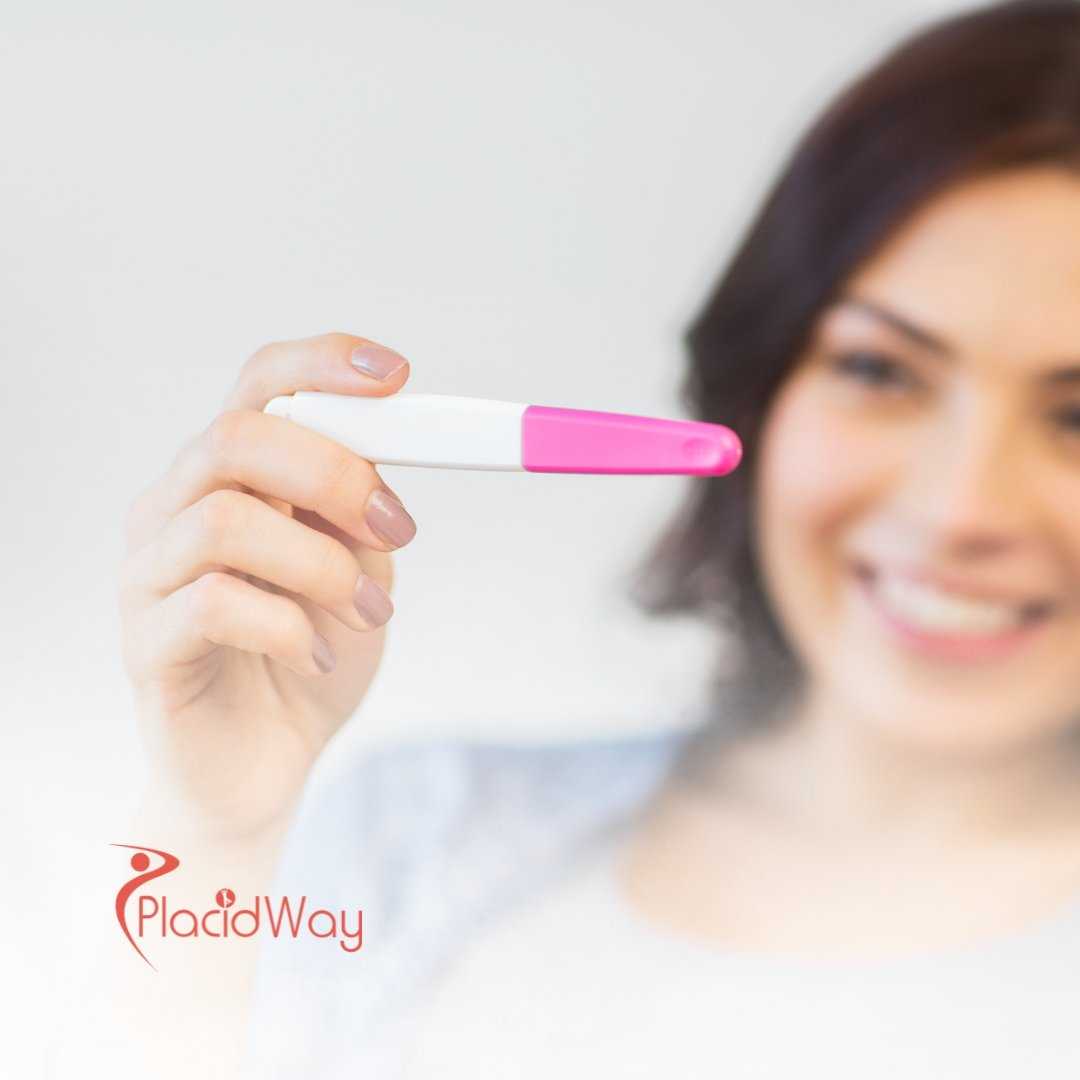
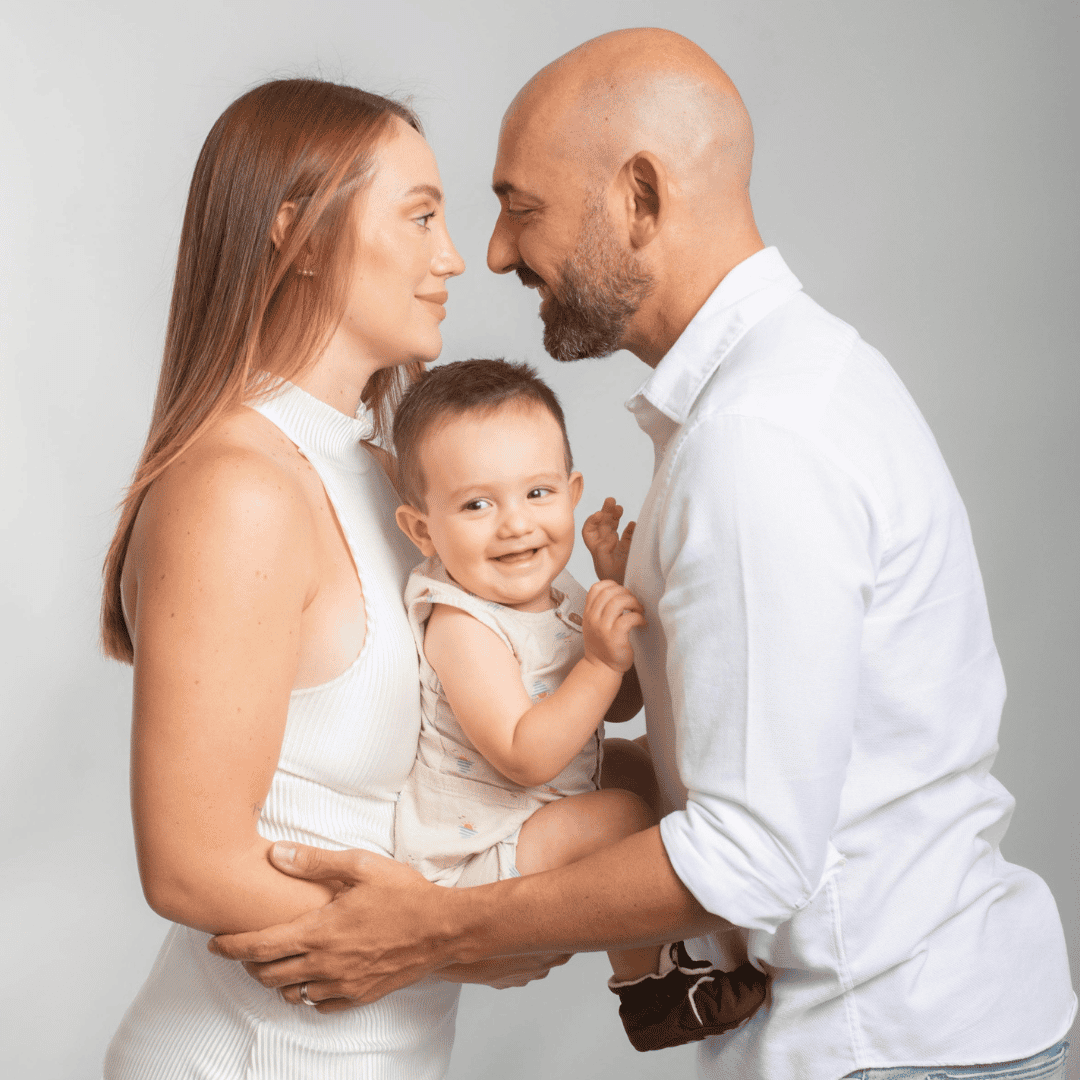
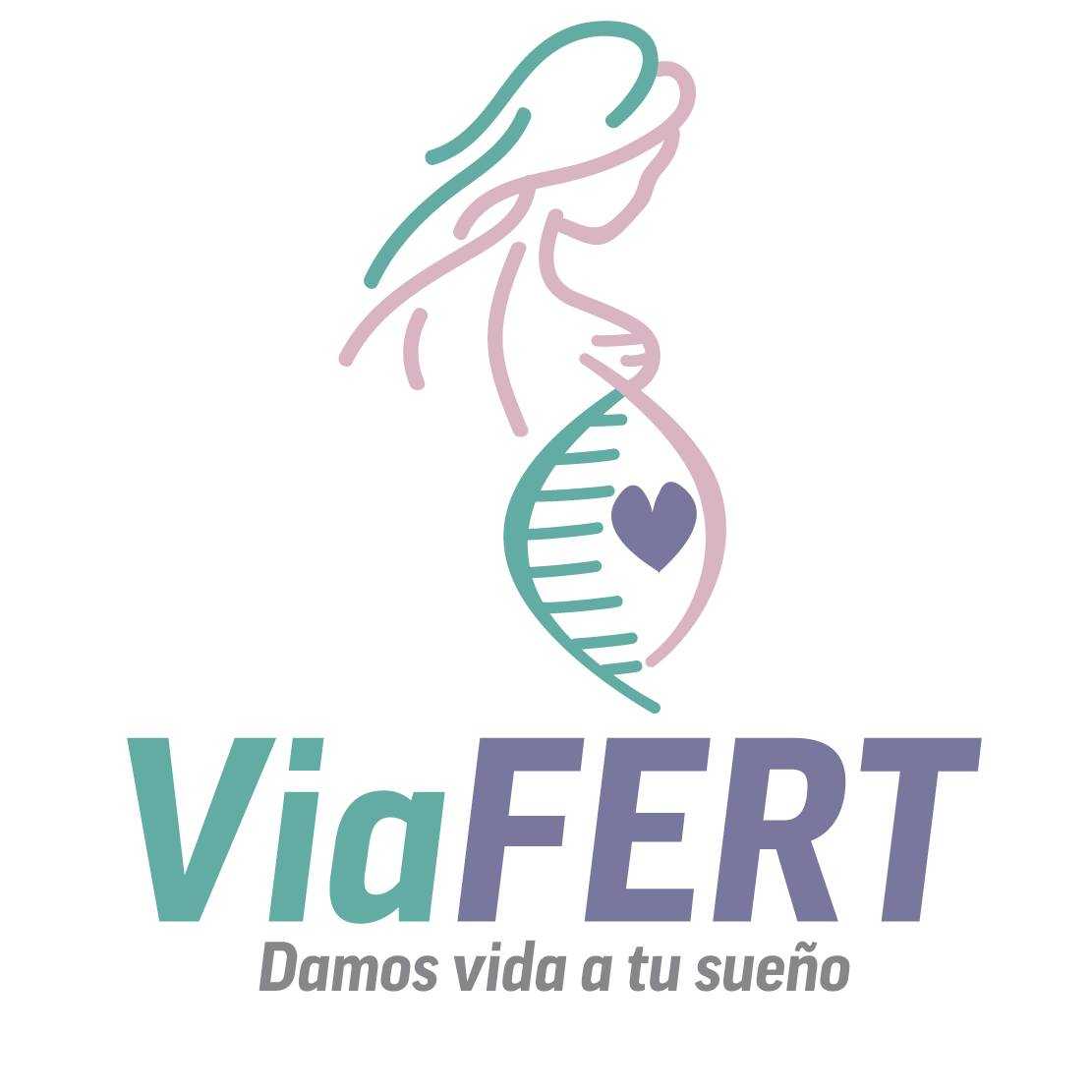
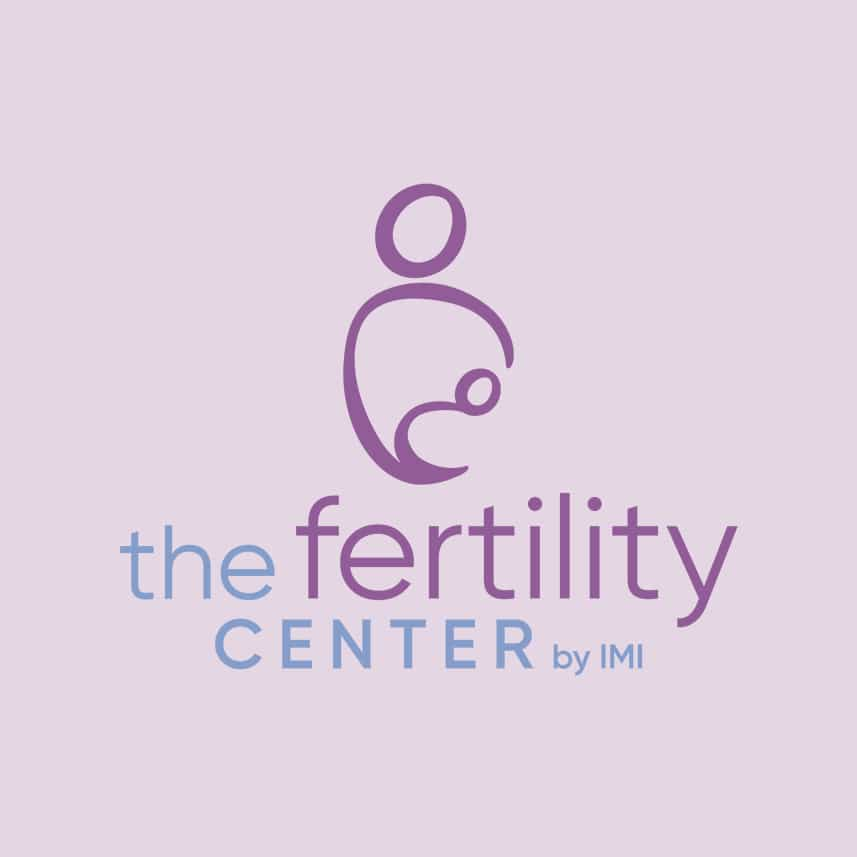


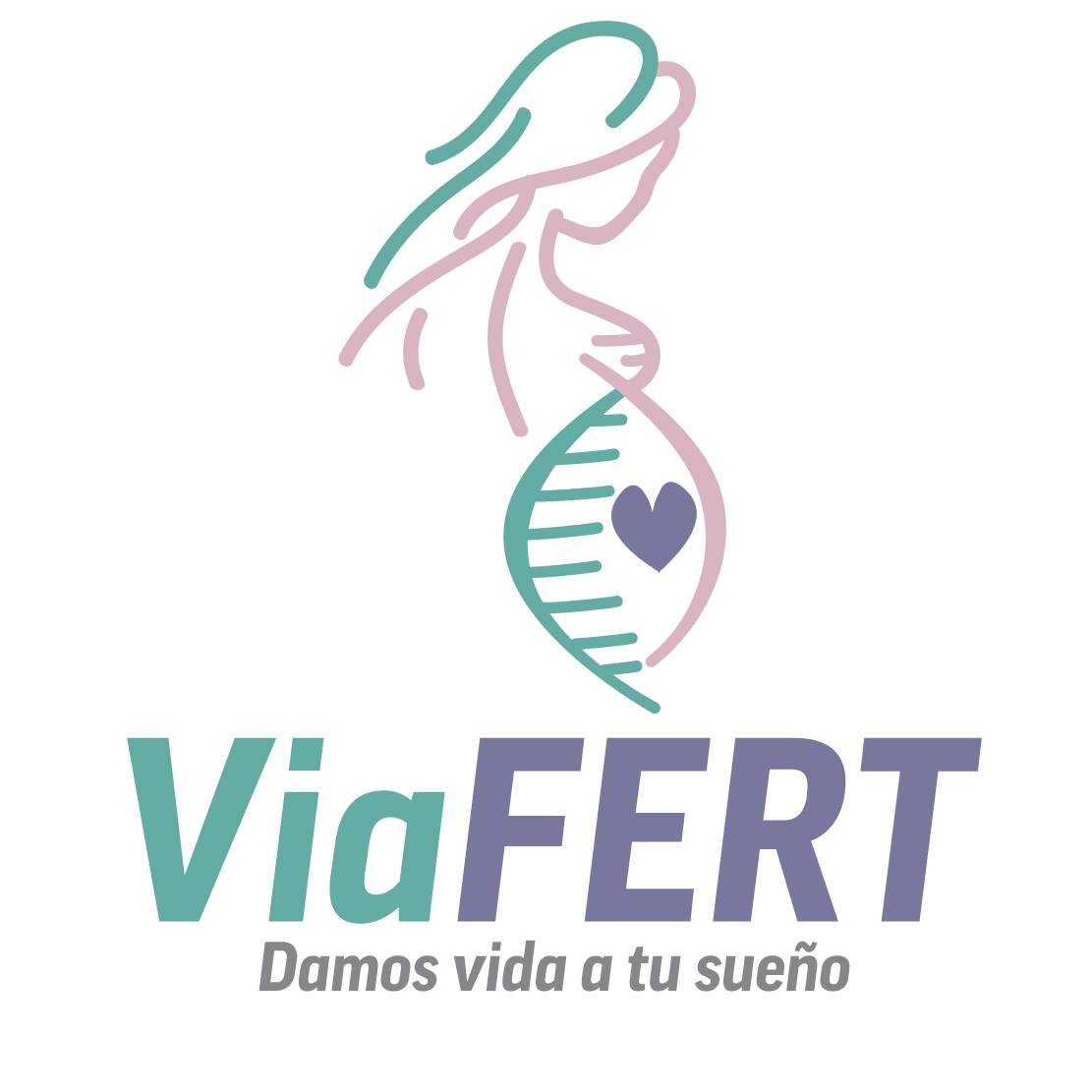

Share this listing